Punjab is primarily known for its historical destinations. However, the state is not only deprived of the enriching natural wonders that are spread across the state. Among them, one such destination that deserves to be highlighted is the Abohar Wildlife Sanctuary. Often overshadowed by the other popular wildlife destinations in India, the wildlife sanctuary is renowned for the conservation of the blackbuck species in the country. It is an open sanctuary surrounded by farmlands and villages. The next time you are in Punjab exploring the hidden gems, be sure to add this place to your travel plans too.
Quick Details
Abohar Wildlife Sanctuary Address: Abohar, Punjab 152116
Abohar Wildlife Sanctuary Timings: 24*7
Established: 1975
Primary Wildlife: Blackbuck, Blue Bulls (Nilgai), Indian Gazelle, and various bird species
Best Time To Visit: October to March
Abohar Wildlife Sanctuary Ticket Price: General
Area Covered: 186.5 sq km
Nearby Cities: Abohar, Fazilka
Abohar Wildlife Sanctuary Location

Photo: TomFawls / Wikimedia Commons / Image For Representation Only
Abohar Wildlife Sanctuary’s address lies in the Fazilka district of Punjab, near the Indo-Pak border. The sanctuary spans an area of over 186.5 sq km and is spread across 13 villages, each with rich biodiversity. The local Bishnoi community plays a key role in the conservation of this wildlife sanctuary, especially in protecting the Blackbuck population.
Suggested Read: Best Places To Visit In Jalandhar For A Fantastic Getaway In Punjab
How To Reach Abohar Wildlife Sanctuary
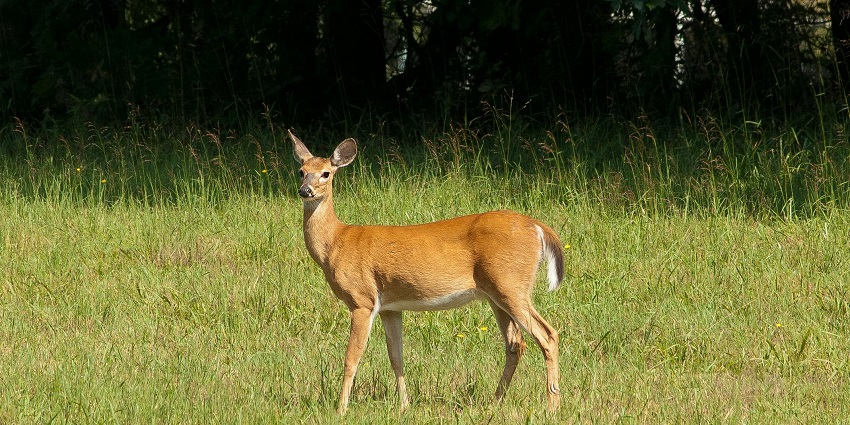
Photo: Jim Fawns / Pexels / Image For Representation Only
Reaching Abohar Wildlife Sanctuary isn’t as complicated, provided that you are aware of the best means of transportation around.
By Air: From the sanctuary, Sri Guru Ram Dass Jee International Airport in Amritsar is one of the nearest airports. There are taxis available outside the airport to take you to the wildlife sanctuary.
By Rail: Abohar Railway Station is well-connected to major cities in Punjab and neighbouring states. Several trains, including long-distance express trains, halt at Abohar, making it a convenient option for travellers. From the station, you can hire a local transportation option like an auto to reach the sanctuary.
By Road: State-run buses and private taxis frequently operate between Abohar and other cities like Fazilka, Bathinda, and Ferozepur. For a comfortable journey, taxis are the most convenient option.
Things To Do At Abohar Wildlife Sanctuary
A visit to the Abohar Wildlife Sanctuary brings with it a lot of unique experiences. You get to encounter wildlife up close and even interact with them in real-time.
1. Wildlife Safari

Photo: Daan Sonneveld / Unsplash / Image For Representation Only
Like with any other wildlife sanctuary, embarking on a wildlife safari is undoubtedly the most fun experience you get to indulge in. The sanctuary is home to a significant population of the majestic Blackbuck, a species respected by the Bishnoi community and protected under Indian wildlife laws. Along with Blackbucks, visitors can spot other animals such as Nilgai, Indian Gazelle, Wild Boars, and small mammals like the Indian Hare. On the safari, visitors can explore the sanctuary’s semi-arid landscapes, where herds of Blackbucks roam freely, which is undoubtedly the best part of the experience.
Suggested Read: Places To Visit Near Amritsar
2. Bird Watching
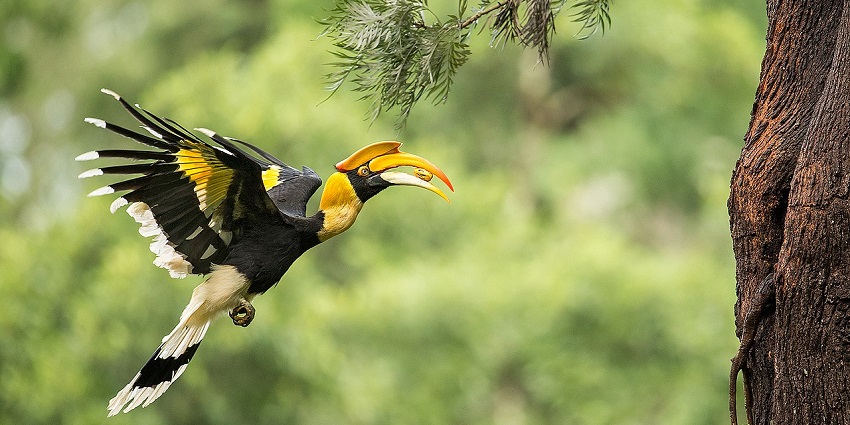
Photo: Angadachappa / Wikimedia Commons / Image For Representation Only
Beyond the black buck taking the spotlight, the wildlife sanctuary is also home to numerous different bird species, which you can witness and explore. During the winter months, migratory birds flock to the region, turning the sanctuary into a bird-watching haven. Some of the most notable species you can spot include the Indian Roller, Peafowl, Great Indian Hornbill, various species of Eagles, and several kinds of migratory ducks and geese. The sanctuary’s open grasslands, scrub forests, and water bodies also offer an ideal habitat for the birds.
3. Trekking And Nature Walks
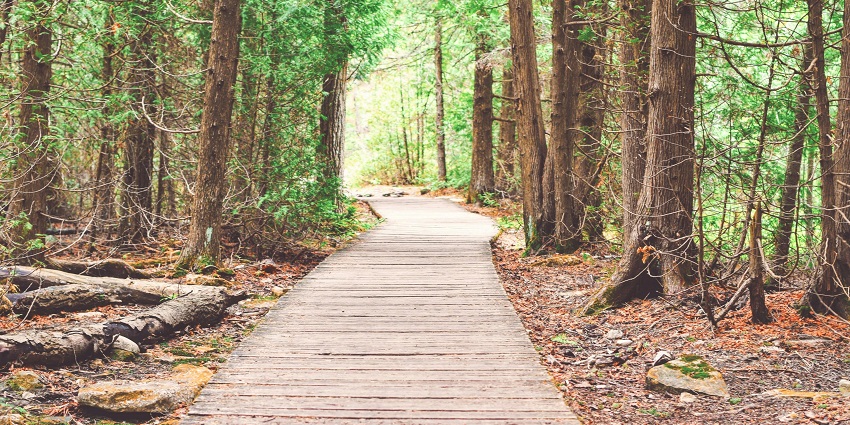
Photo: Tim Gouw / Pexels / Image For Representation Only
For adventure enthusiasts, another must-experience around the wildlife sanctuary is indulging in trekking and nature walks. There are guided tours available, so you won’t have to worry about getting lost. The sanctuary has several trails that wind through its scrub forests and grasslands, offering a closer look at the surrounding biodiversity. One of the unique aspects of trekking in Abohar is the opportunity to explore the semi-arid ecosystem, which is quite different from the more dense, forested sanctuaries of India. The landscape is marked by hardy shrubs, bushes, and grasses that have adapted to the dry climate. You might encounter the Bishnoi settlements around the trails too.
Suggested Read: Famous Punjabi Festivals In Punjabi Language
4. Photography
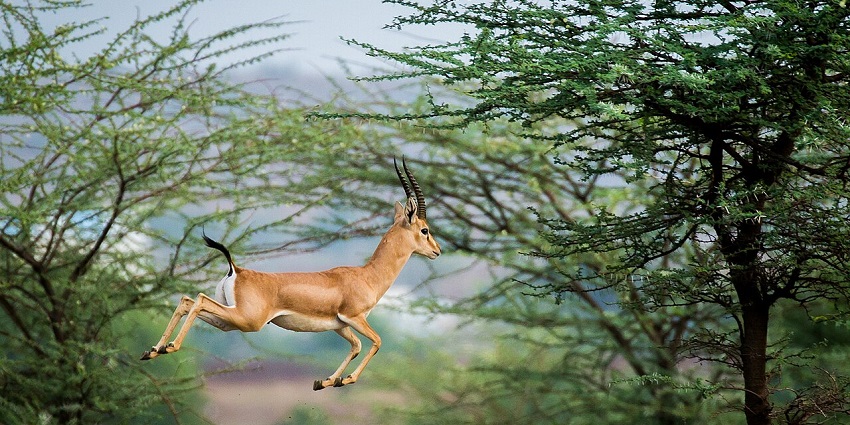
Photo: Ranarec / Wikimedia Commons / Image For Representation Only
Taking Abohar Wildlife photos is another one of the must-do experiences. The sanctuary’s open landscapes, clear skies, and abundant wildlife make it an excellent location for capturing beautiful photographs. Depending on your skills and interests, you can capture the wildlife, especially the blackbuck in motion or you could capture the views of the surrounding landscapes and vegetation. The Bishnoi community’s unique way of living in harmony with nature can also be a subject of interest for many. However, if you are taking their pictures, make sure to ask for permission before that.
5. Cultural Interaction With The Bishnoi Community
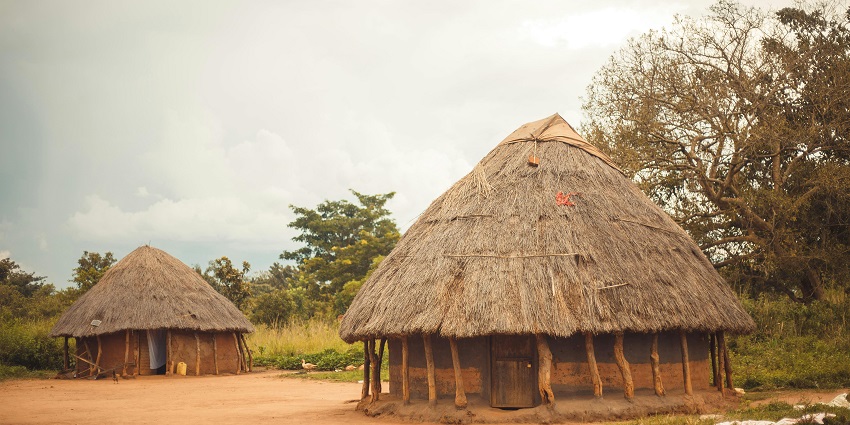
Photo: illustrate Digital Ug / Pexels / Image For Representation Only
Unlike any of the other wildlife sanctuaries in India, one of the most unique things about the wildlife sanctuary is the ability to interact with the local Bishnoi community. The Bishnois, a Hindu sect founded by Guru Jambheshwar in the 15th century, are known for their deep reverence for nature and wildlife. They are the ones who go above and beyond their role of work to protect and conserve the blackbuck population in the sanctuary. You can interact with the villagers, learn about their traditions, and understand their environmental ethics too. Getting a look into their way of eco-friendly living is truly quite fascinating.
Suggested Read: Discover Exciting Water Parks In Amritsar For A Fun-Filled Getaway
Places To Visit Around Abohar Wildlife Sanctuary
Once you wrap up the Abohar Wildlife activities, it is time to head to the nearby sightseeing experiences.
1. Fazilka
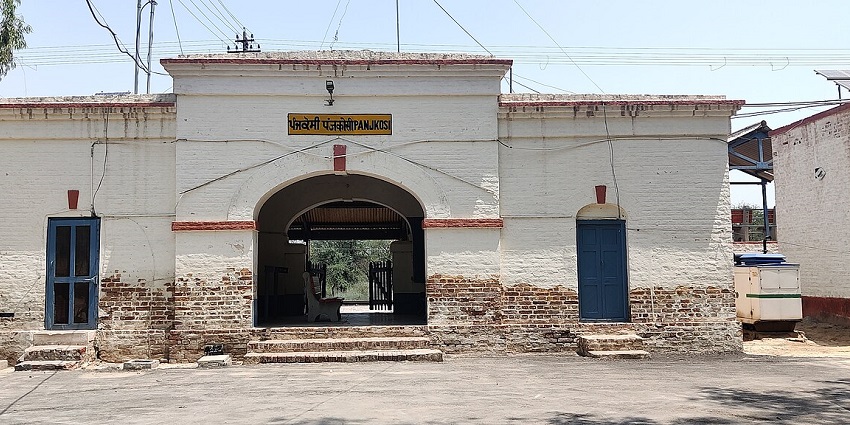
Photo: Stalinjeet Brar / Wikimedia Commons
This is a historic town that is located just a short drive from Abohar. The town’s history dates back to 1844 and it has witnessed numerous historical events, particularly during the British colonial period and the partition of India. One of the notable attractions in Fazilka is the Saragarhi Memorial, which commemorates the heroic stand of 21 Sikh soldiers against thousands of Afghans in 1897 at the Battle of Saragarhi, which you must visit when you are there. You can also explore the local markets to buy traditional wooden handicrafts and hand-woven textiles.
Distance: 53.7 km from the sanctuary
Timings: 24*7
2. Harike Wetland And Bird Sanctuary
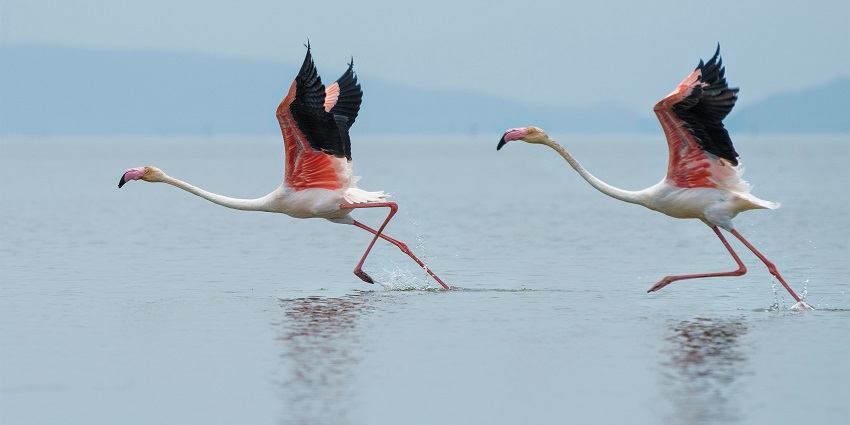
Photo: Dattatreya Patra / Unsplash / Image For Representation Only
To continue your wildlife and natural exploration, head to Harike Wetland and Bird Sanctuary. It is one of the largest wetlands in India and during the winter season, it transforms into a haven for bird-watching enthusiasts. The sanctuary is spread across 86 sq.km and is a recognised Ramsar Site. Depending on the season you are visiting, you can witness up to 200 different species of birds including rare and endangered species such as the Pallas’s Fish Eagle, Northern Pintail, and Greater Flamingo. It is also a breeding ground for numerous fish species.
Distance: 190 km from the sanctuary
Timings: 9 AM – 5 PM
Suggested Read: Best Things To Do In Mohali For A Fun-Filled Exciting Day
3. Bathinda Fort
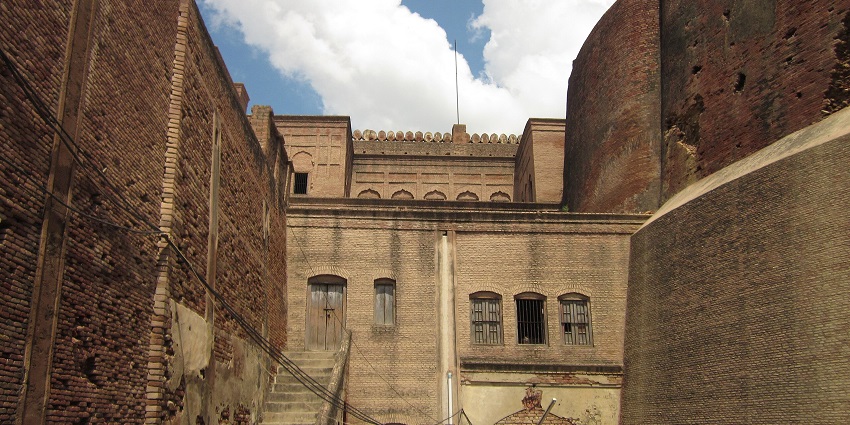
Photo: Lavish Thakkar / Wikimedia Commons
Bathinda Fort is a historical structure with a rich history that spans several centuries. The fort is a must-visit destination for individuals who are intrigued by the history of the place. Initially, the fort was constructed by the Bhati Rajput rulers in the 6th century. It is believed that the fort was the refuge of Razia Sultana, the first and only female ruler of the Delhi Sultanate. The architecture, although quite significant, is hard to distinguish since a lot of the fort now remains in ruins.
Distance: 74.5 km from the sanctuary
Timings: 9 AM – 5 PM
Where To Stay & Eat

Photo: Quark Studio / Pexels / Image For Representation Only
If planning to spend a day or two exploring the wildlife sanctuary, you’d need to book your accommodation in the nearby cities of Abohar or Fazilka. Some of the popular and reliable accommodations are Hotel Sunbeam, Hotel Royal Lifestyle, Brighton Pear Hotel, and Hotel Sunview.
Additionally, for a proper meal after exploring the wildlife sanctuary, you’d need to head down to the nearby city of Abohar. There are numerous restaurants locally available like Bonfire n Grill, Food Baba, Ruttba, C Square Delight and Pizza Plaza.
Suggested Read: Amazing Things To Do In Amritsar In 2 Days For A Fantastic Trip
Other Factors To Consider

Photo: Laura Pratt / Unsplash / Image For Representation Only
If you want to have a smooth time exploring the wildlife sanctuary, the following pointers will come in handy.
- Always carry enough water, as the sanctuary can get quite warm during the day.
- Wear light, comfortable clothing suitable for walking and trekking.
- Plan your visit in the early morning or late afternoon for the best wildlife sightings.
- If visiting during the monsoon, ensure you have rain gear.
- Carry a good quality camera to capture stunning Abohar Wildlife Sanctuary photos.
- Respect the local Bishnoi customs, especially when visiting their villages.
Exploring the Abohar Wildlife Sanctuary is a rewarding experience when you are in Punjab. Be it spotting the black buck or encountering the local Bishnoi community, it is a learning experience, to say the least. The sanctuary has something to cater to the interests of every traveller, so ensure that you add it to your travel plans when booking your trip to Punjab with TripXL.
Cover Photo: Munna Mandalapu / Pexels / Image For Representation Only


 WhatsApp
WhatsApp
 Twitter
Twitter









